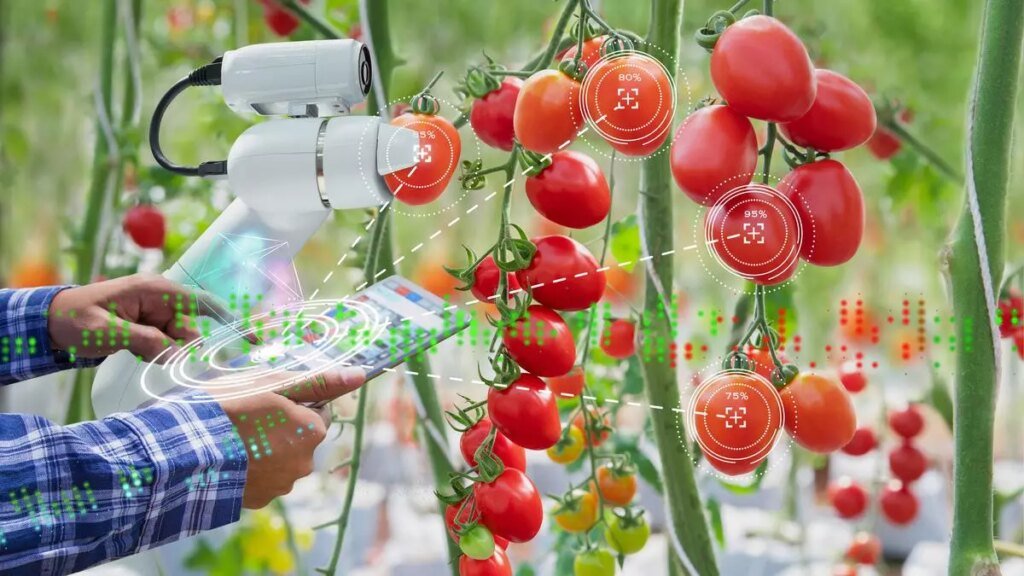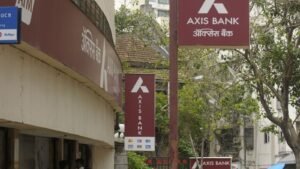Agri Stack can be transformative, but implementation will be a challenge

In a move that can expand the scope and effectiveness of farm sector schemes, the Cabinet recently cleared a ‘Digital Agriculture Mission’ plan with an outlay of ₹2,810 crore. The Centre and States will share the funding on a 2:1 basis. This follows a Budget announcement on creating an inclusive digital ecosystem for agriculture. The thrust has two components, Agri Stack and Krishi Decision Support System — the former is based on aggregation of micro data, such as land records, family details and crops sown, and the latter on mapping macro attributes such as weather, soil, water availability and drought, and flood control systems. The goal is to cover 11 crore farmers in three years.
The benefits can accrue at two levels. First, Agri Stack can empower farmers with easier access to credit, insurance and other direct benefit transfer schemes, reducing their reliance on the local bureaucracy. Second, integration of datasets can positively impact policy formulation. Computerised land records as well as geo-referenced cropping data, when linked to a unique farmer’s ID (akin to Aadhaar) can be used to disburse Kisan Credit Card loans at the click of a mouse. Digital KCC is slowly gaining ground. But while some public sector banks do provide integrated rural services and information, it is to be noted that a large number of tenant farmers are outside the banking network.
According to a 2023 NABARD study that explores the link between tenancy and credit in Andhra Pradesh, 60 per cent of tenant farmers borrowed from informal sources, against 41 per cent in the case of owner farmers. Wider digital outreach can enhance access to information, formal credit and other services. An assessment of crop loss and damage can be made at a micro-level, minimising fewer exclusions. It may become possible to transfer fertilizer subsidy directly to farmers. Extreme weather events can be better managed by providing information in advance on the farmer’s phone. Likewise, damage on account of flood or drought can be objectively assessed, without its turning into a controversy.
But there are challenges in data integration. Land records remain contested, despite over 90 per cent digitisation. Concerns over data theft and cyber fraud cannot be disregarded, particularly as a number of Aadhaar-linked financial scams have been linked to property dealings. It is crucial to create awareness with regard to protecting biometrics. Amidst this digitisation drive, the need to enact data protection and privacy laws which have been hanging fire for very long cannot be overemphasised. Above all, it is important for the data gathering process to make a distinction between the owner and the cultivator, so that the digital drive benefits the right people. Here, digital solutions or tech fixes alone will not work. They must be accompanied by institutional and social processes.








